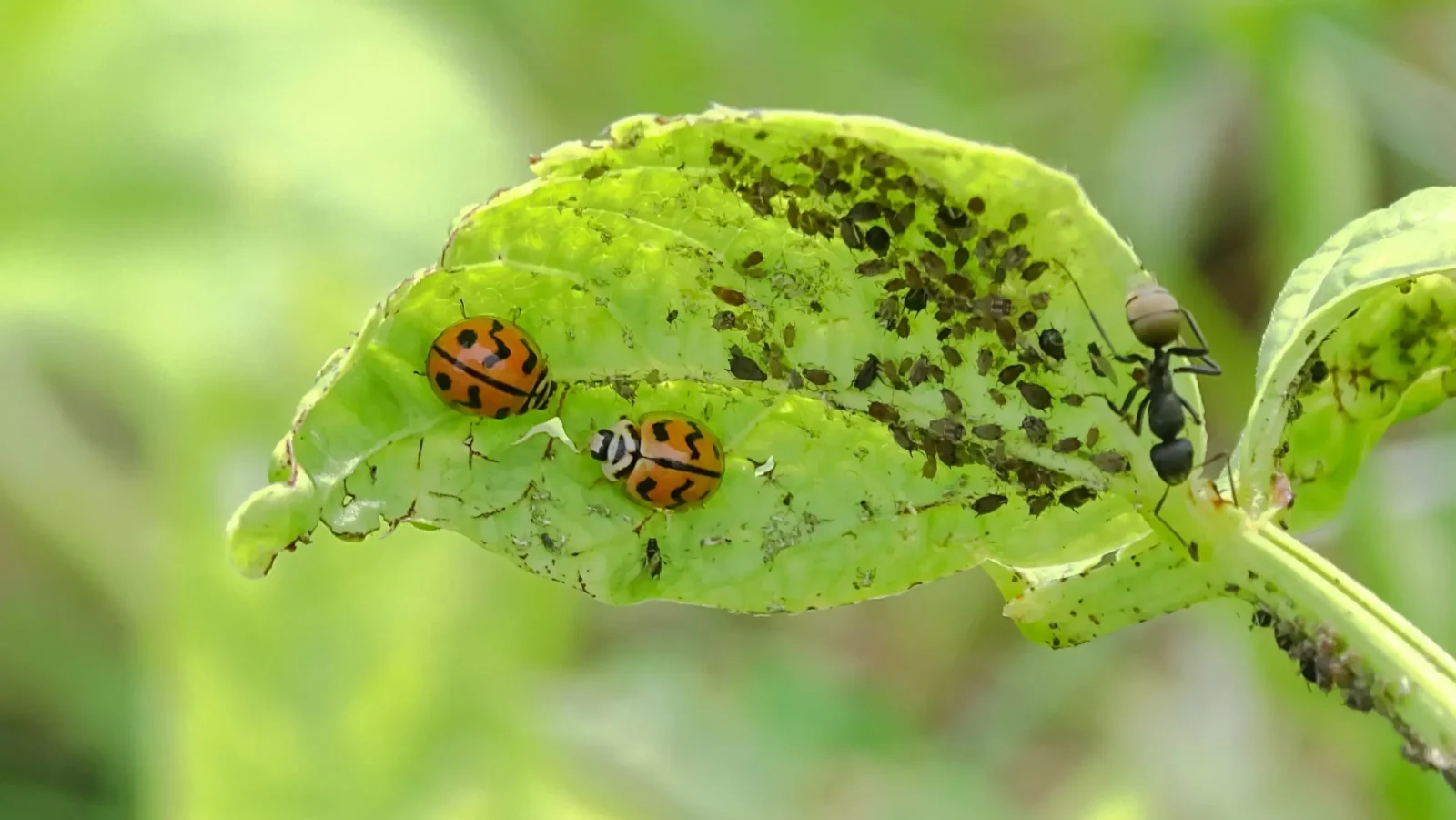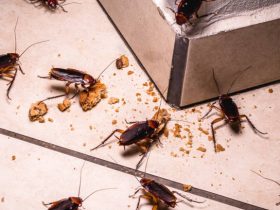Along with its reputation as a village blessed with beautiful, mature trees comes a less glamorous reality each fall — mountains of leaves that cover yards all over town. That beautiful carpet of leaves you intend to rake “soon” is really a welcome sign for pests. With clay-heavy soil that doesn’t drain quickly, fallen leaves are wet for long periods of time, especially in shaded areas typical of older neighborhoods like Old Buffalo Grove and Country Club Hills.
Before you notice the slugs munching away at your hostas or find a bunch of mice have moved in under that pile of leaves by your foundation, the damage is done. Understanding your unique vulnerabilities, as determined through a professional evaluation from pointepestcontrol.net before the prime leaf season, prevents minor infestations from escalating into expensive ones.
The Moisture Magnet Effect
Wet leaves not only absorb water, but they also stifle it tighter onto your soil and foundation. Buffalo Grove sees about 36 inches of rain per year, and fall rains soak leaves up to weeks before they break down. This forms a constantly wet microclimate underneath with humidity levels of over 80% during dry periods. Moisture from within wicks into mulch beds, seeps up against foundation walls, and helps maintain constant soil wetness. Food, water, and shelter are the three key ingredients for pest survival.
Pests That Thrive Beneath the Leaf Layer
-
Millipedes and Centipedes Multiplying Rapidly
These pests require moist conditions to spawn profusely beneath wet leaves. In moist organic matter, a single female millipede can lay as many as 300 eggs. Millipedes are reportedly migrating indoors in the fall, often by the hundreds, for Buffalo Grove homeowners near Buffalo Creek and woods behind homes on Aptakisic Road. They do not damage houses but enter homes in large numbers.
-
Mosquitoes Finding Breeding Grounds
Most people tend to think of mosquitoes as laying their eggs in standing water, but some actually lay them in the wet leaf litter itself. In Buffalo Grove’s many detention basins and some low-lying yards, moisture sloshes between decomposing leaves, making nurseries perfect for mosquitoes. Although ideally, the microhabitats used by Asian tiger mosquitoes are established to be naturalized throughout Lake County, the generality of these microhabitats remains active into the late fall.
-
Rodents Building Protected Nests
Mice and voles use leaf piles for nesting material and shelter. Each year, one in about three homes in Buffalo Grove experiences some kind of rodent activity, often reaching its peak when the fall leaves pile up. Rodents eat seeds, acorns, and ornamental plantings beneath the leaf layer, where they get insulation and cover. They burrow through foliage to reach footing crevices.
-
Slugs and Snails Devastating Landscaping
Slug paradise is the damp, nighttime darkness below leaf layers. The nocturnal mollusks emerge to dine on hostas, ornamental plants, and vegetables before retreating under leaves to hide during the day. The mature landscaping in Buffalo Grove offers expensive plants that can be wiped out by slugs in one season. In wet leaf litter, their populations explode.
Why Early Pest Inspection Matters?
What most people do not realize is that the key window for preventing pest injuries is the fall leaf season, prior to when you see the damage in spring. Autumn is the time when pests start looking for overwintering sites, and making an effort to treat opportunities for them to settle before they start breeding is far easier than trying to treat established colonies.
With Buffalo Grove’s type of clay soil, tree canopy, and natural areas like Ryerson Woods, Pointe Pest Control knows how to tackle the unique pest pressures these homes face. They also do perimeter checks that reveal how moisture gathers, which foundation areas are prone to being hit, and how your landscaping could be inadvertently attracting pests. Their seasonal approach focuses on treating your property before a pest season peaks, as opposed to reacting after you have an issue.







